How Bongs Work? Uncover the Secrets Behind the Chill Smoke

Having trouble getting smooth hits from your smoking sessions? A bong might just be what you need. In this blog post, we'll break down how bongs work to make your experience better.
Keep reading to learn the ins and outs.
Key Takeaways
- Bongs filter smoke through water, making hits smoother and cleaner by cooling down the smoke and removing harmful substances.
- A bong's anatomy includes a bowl for herb, a carb to control airflow, a downstem directing smoke into water, a tube connecting the pieces, and a water chamber for filtration.
- Water filtration in bongs not only cools the smoke but also filters out toxins, providing a healthier inhalation experience.
- Customization options for bongs allow users to personalize their smoking experience with different designs and features like ice catchers or percolators.
- The evolution of bongs from ancient times to today has seen them change from basic materials like bamboo to intricate glass designs offering purity of flavor.
The History and Evolution of Bongs
Bongs have been around for centuries, serving as a popular smoking apparatus. Their roots trace back to ancient times, where early versions were made from materials like bamboo, ceramic, and even animal horns.
These early water pipes played a crucial role in various cultures' cannabis and tobacco consumption rituals.
Over time, bongs evolved dramatically. The introduction of glassblowing techniques took the design and functionality to new heights. Glass bongs became the gold standard for smokers seeking purity of flavor and intricate designs.
Today's bongs come in an array of shapes, sizes, and with advanced features like percolators for smoother hits through better smoke filtration.
Understanding Bong Anatomy
The anatomy of a bong includes various parts like the bowl, carb, downstem, tube, and water chamber. Each part plays a crucial role in how the bong functions.
Bowl
The bowl is the part of the bong where you place your herb. It's like a mini dish, holding the herb in place while you light it. When air is pulled through, it travels into the bowl, igniting and heating up the herb to produce smoke that filters down into the rest of the bong for inhalation.
The size and shape of the bowl can influence how much herb you can pack and how easily it burns. Some bowls also have built-in screens to prevent ash from being inhaled.
As weed smokers, understanding bong anatomy like the bowl helps us appreciate how this piece of paraphernalia enhances our smoking experience with its role in preparing our marijuana for inhalation.
Carb
The carb, also known as the rush hole or choke, is a small hole typically located on the side of the bong. When you cover it with your finger while inhaling smoke from the tube, it helps build up more smoke inside the chamber.
Releasing your finger allows fresh air to enter and clears out remaining smoke for a smooth hit.
The carb plays a crucial role in controlling airflow to enhance your smoking experience. By covering and releasing it strategically, you can customize how much smoke is inhaled at once for a tailored and enjoyable hit.
Downstem
The downstem is a vital component of the bong, extending from the bowl into the water chamber. It directs the smoke from the bowl down into the water, where it's filtered before traveling up through the tube for inhalation.
The length and design of the downstem can affect how smooth your hits are, as well as how much diffusion and percolation occurs within the water chamber.
This crucial piece plays a significant role in ensuring that you get maximum filtration and cooling of your smoke before it reaches your lungs, enhancing your smoking experience while using a bong.
Tube
The tube of a bong connects the bowl to the water chamber, allowing smoke to travel through it. The length and diameter of the tube impact how much resistance the user feels when inhaling.
A wider tube provides an easier draw, while a longer one can cool down the smoke further before inhalation, leading to smoother hits. Some tubes also feature percolators or diffusers that break up smoke into smaller bubbles for better filtration and diffusion.
In addition to affecting airflow and smoke cooling, some bongs have customizable tubes for aesthetic appeal or functional benefits like splash guards. Tube materials like glass, acrylic, or silicone also contribute to the overall smoking experience by influencing heat retention and cleanliness.
Water Chamber
The water chamber is a crucial part of a bong. It holds the water that filters the smoke, making it smoother to inhale. When you take a hit, the smoke travels through the water, removing harshness and impurities before reaching your lungs.
This filtration process ensures a more enjoyable smoking experience while also cooling down the smoke for a more comfortable inhalation.
Additionally, as the smoke passes through the water in the chamber, it gets filtered from any unwanted particles or toxins. This helps to provide cleaner inhalation and enhances your overall smoking experience.
The Mechanics of Bong Functionality
Bongs use water filtration to cool and purify the smoke, offering a smoother hit. Smoke travels through the tube and passes into the water chamber before being inhaled.
Role of Water Filtration
The water filtration in a bong serves to cool down the smoke, making it easier on your lungs when inhaling. Additionally, the water helps filter out some of the harmful substances present in the smoke, providing a smoother and cleaner hit for you.
This process can make your smoking experience more enjoyable and reduce potential irritation to your throat and airways.
The design of a bong's water filtration system contributes to removing ash and tar from the smoke before it reaches you, resulting in a purer inhalation experience that preserves the taste of your herb or tobacco.
How Smoke Travels Through a Bong
Smoke travels through a bong when you light the herb in the bowl. As you inhale, the smoke is pulled down into the water chamber through the downstem. The water cools and filters the smoke, removing some tar and impurities.
Once filtered, it rises through the tube to your mouth for a clean hit.
The water filtration process in a bong cools down the smoke, making it smoother on your throat and lungs as you inhale. This mechanism also helps filter out harmful toxins present in unfiltered smoke.
Benefits of Using a Bong
Using a bong provides smoother hits and filters smoke. It also offers aesthetic and customization options for users.
Smoother Hits
When you use a bong, the water filtration process helps to cool the smoke, making it easier on your throat and lungs. This results in smoother hits that are less harsh compared to other smoking devices.
The water also filters out some of the harmful byproducts from the smoke, providing a cleaner inhale that is gentler on your respiratory system.
Using a bong for cannabis consumption means experiencing fewer coughing fits and less irritation when inhaling, thanks to the innovative design that filters out impurities. With its water filtration system, a bong enhances your smoking experience by delivering smoother hits while minimizing potential discomfort for an overall more enjoyable session.
Filtration of Smoke
When smoking from a bong, the smoke is filtered as it passes through the water. This process helps to remove some of the harmful toxins and carcinogens present in the smoke, resulting in a smoother and cleaner inhalation experience.
The water also cools down the smoke, making it less harsh on your throat and lungs. Overall, using a bong for smoking can help reduce the potential health risks associated with inhaling smoke from herbs or tobacco.
The filtration of smoke through a bong provides an additional layer of purification beyond what other smoking tools offer. By passing through water, harmful particles are removed allowing for a more enjoyable and potentially less damaging inhalation experience.
Aesthetic and Customization Options
Customization options for bongs are endless, allowing you to express your personality and style. From vibrant colors and unique shapes to intricate designs and personalized decals, customization lets you make your bong a reflection of yourself.
Some also come with built-in features like ice catchers and percolators, enhancing both the look and function of your smoking experience.
Aesthetically, bongs offer various options including transparent glass for visibility or opaque materials for a mysterious touch. This allows users to find the perfect fit for their style while adding an artistic flair to their smoking routine.
Conclusion
Discovering the mechanics of bong functionality reveals how smoke travels and the role of water filtration. Using a bong offers benefits such as smoother hits, smoke filtration, and customizable options.
With its rich history and unique anatomy, understanding how bongs work enhances the herb smoking experience.
FAQs
1. What is a bong?
A bong is a type of smoking accessory used to smoke herbs like marijuana or tobacco. It filters the smoke before you inhale it.
2. How does a bong filter smoke?
Bongs work by passing the smoke through water which helps filter and cool it down, making the inhalation smoother for herb smoking.
3. Can you use any kind of herb in a bong?
Yes, you can use various kinds of herbs in a bong, including marijuana and tobacco. You place them in the herb bowl before lighting.
4. What makes up the design of a typical bong?
The design of a typical bong includes an herb bowl for marijuana or tobacco, water chamber for filtering smoke, and sometimes additional features to improve the smoking experience.


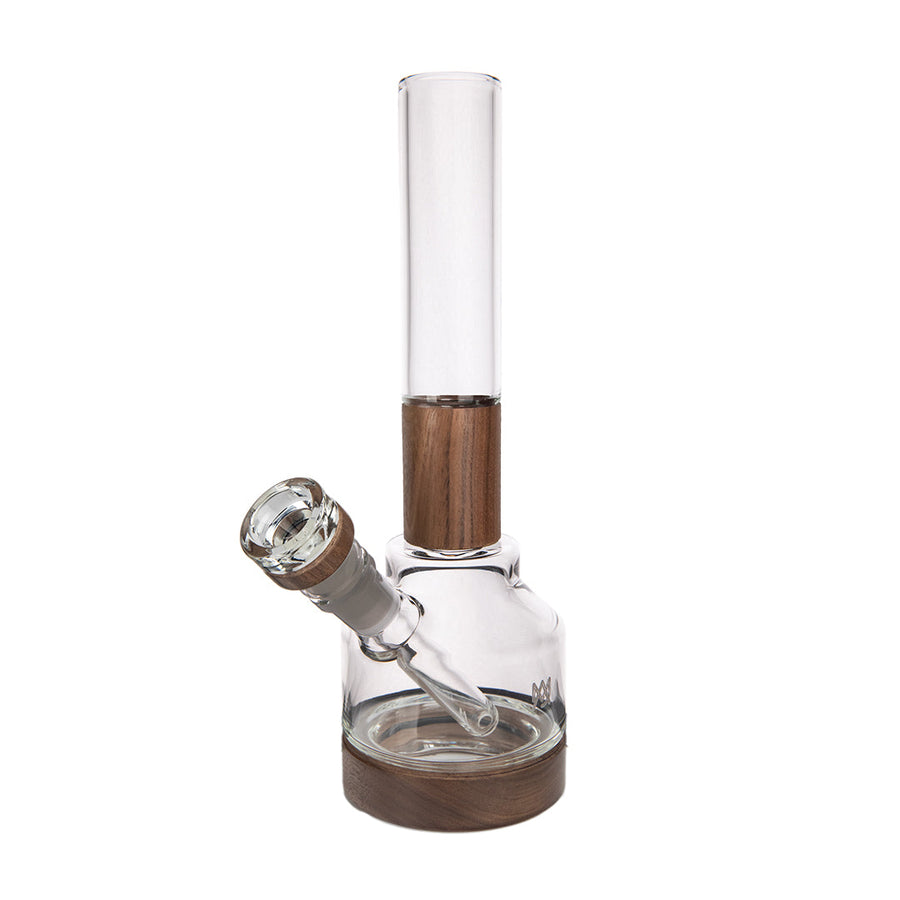
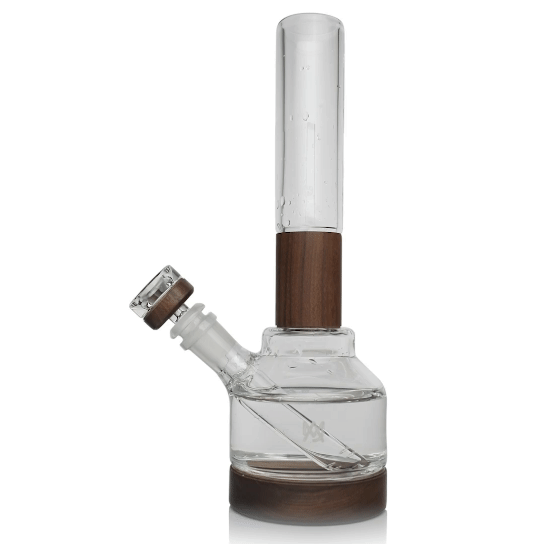
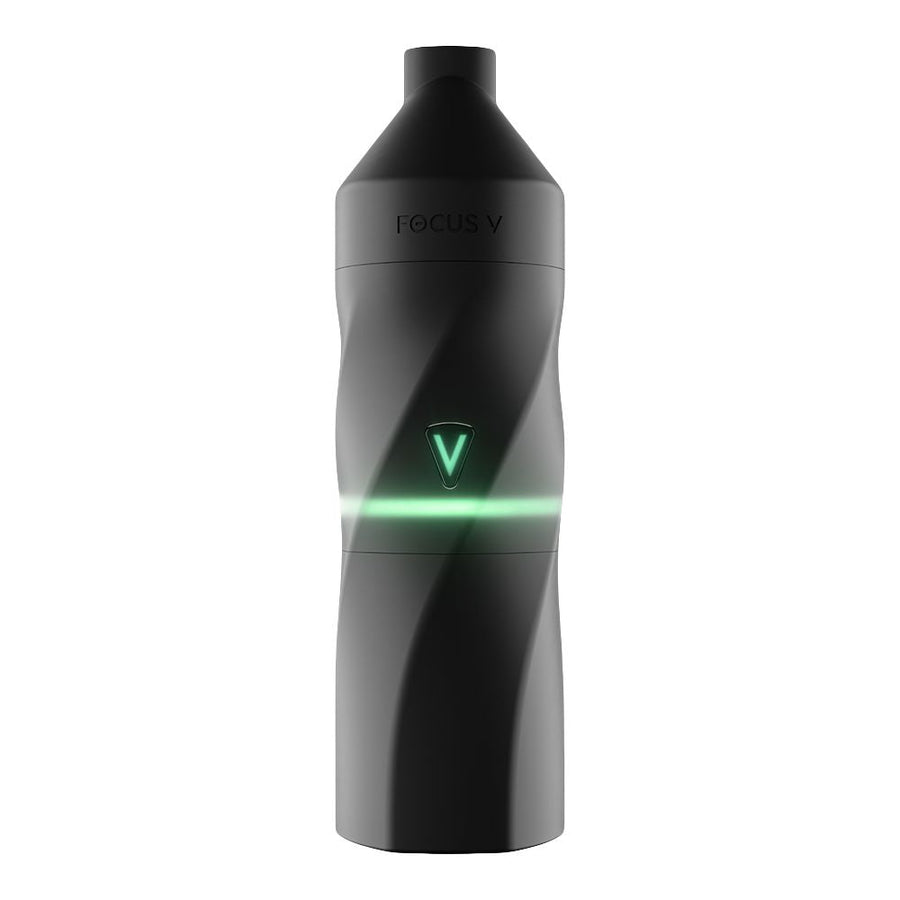
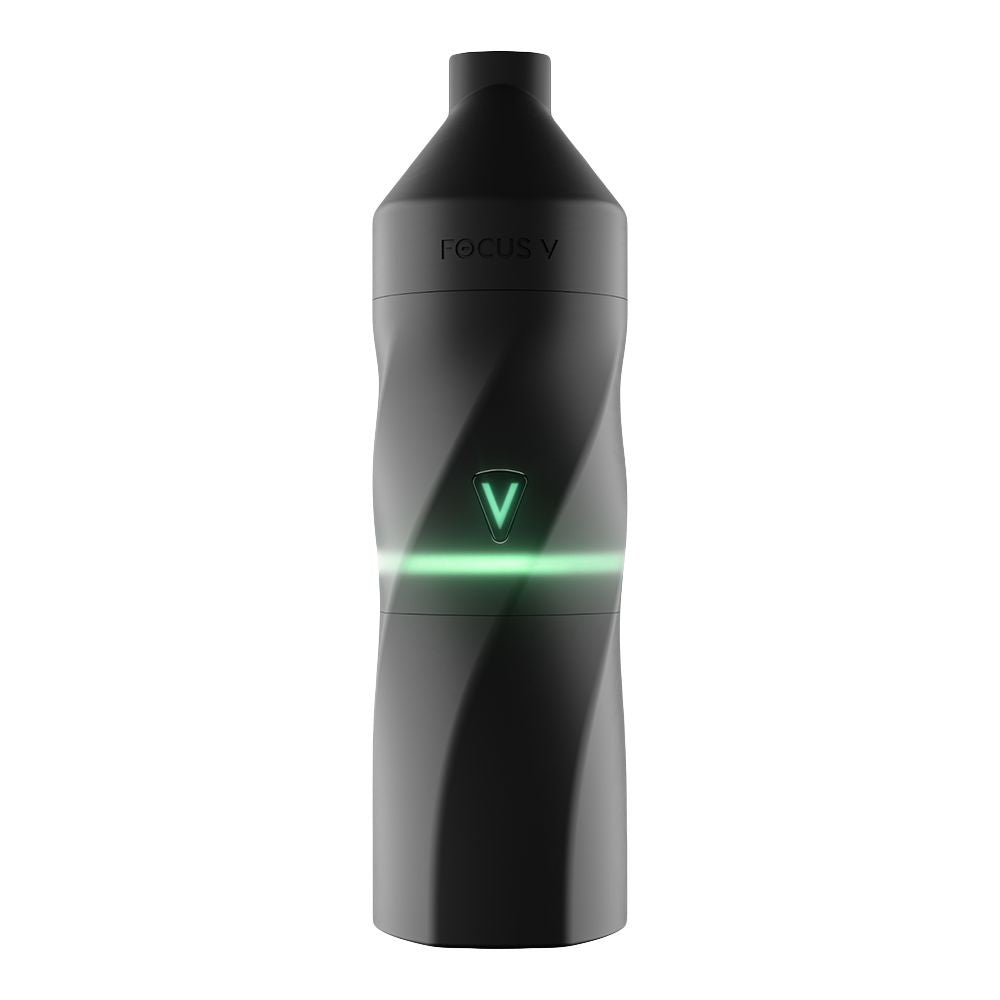
![Vessel Helix Pipe [Copper] - Headshop.com](http://www.headshop.com/cdn/shop/files/ad3c0443-b76d-4fe5-84b8-a617dd50a950.jpg?v=1747419387&width=900)
![Vessel Helix Pipe [Copper] - Headshop.com](http://www.headshop.com/cdn/shop/files/7b0e06e3-9106-4684-80e4-408362c34085.jpg?v=1747419388&width=1000)
![Vessel Wood Vape Pen Battery [White/Beechwood] + - Headshop.com](http://www.headshop.com/cdn/shop/files/4ecd5d0f-363a-454e-a7a0-229fb93bf456.jpg?v=1725470645&width=900)
![Vessel Wood Vape Pen Battery [White/Beechwood] + - Headshop.com](http://www.headshop.com/cdn/shop/files/d232e493-09e6-4574-b44c-3e2bde9425b4.jpg?v=1725470647&width=1000)
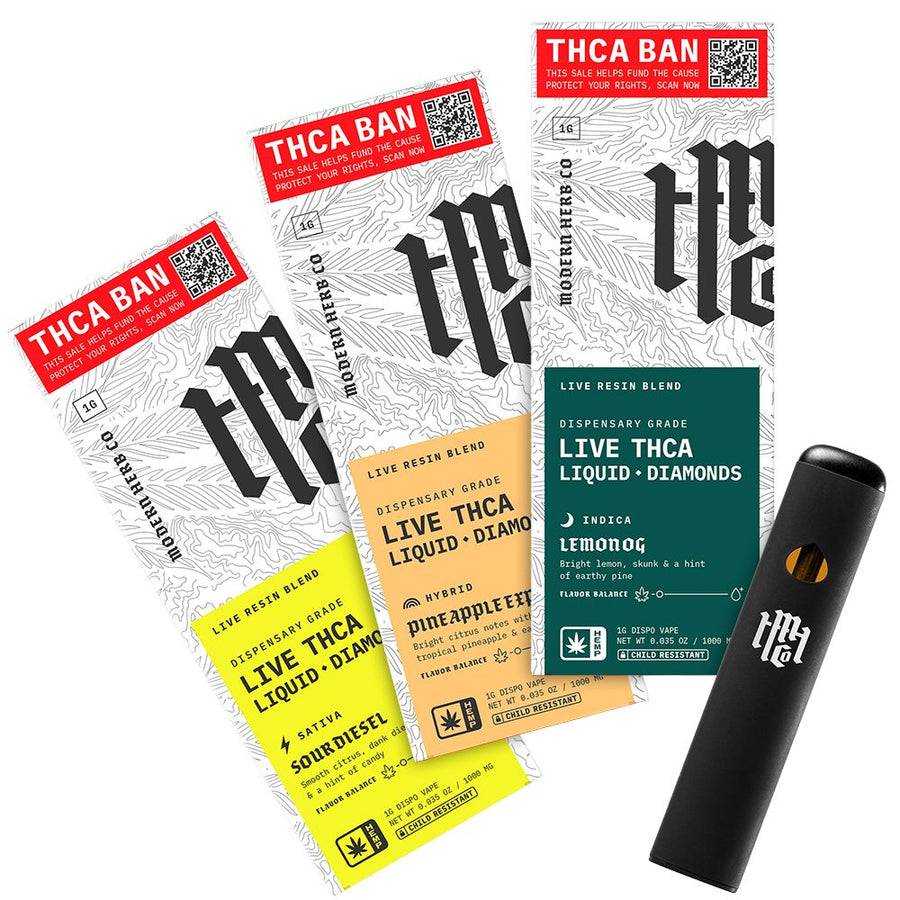
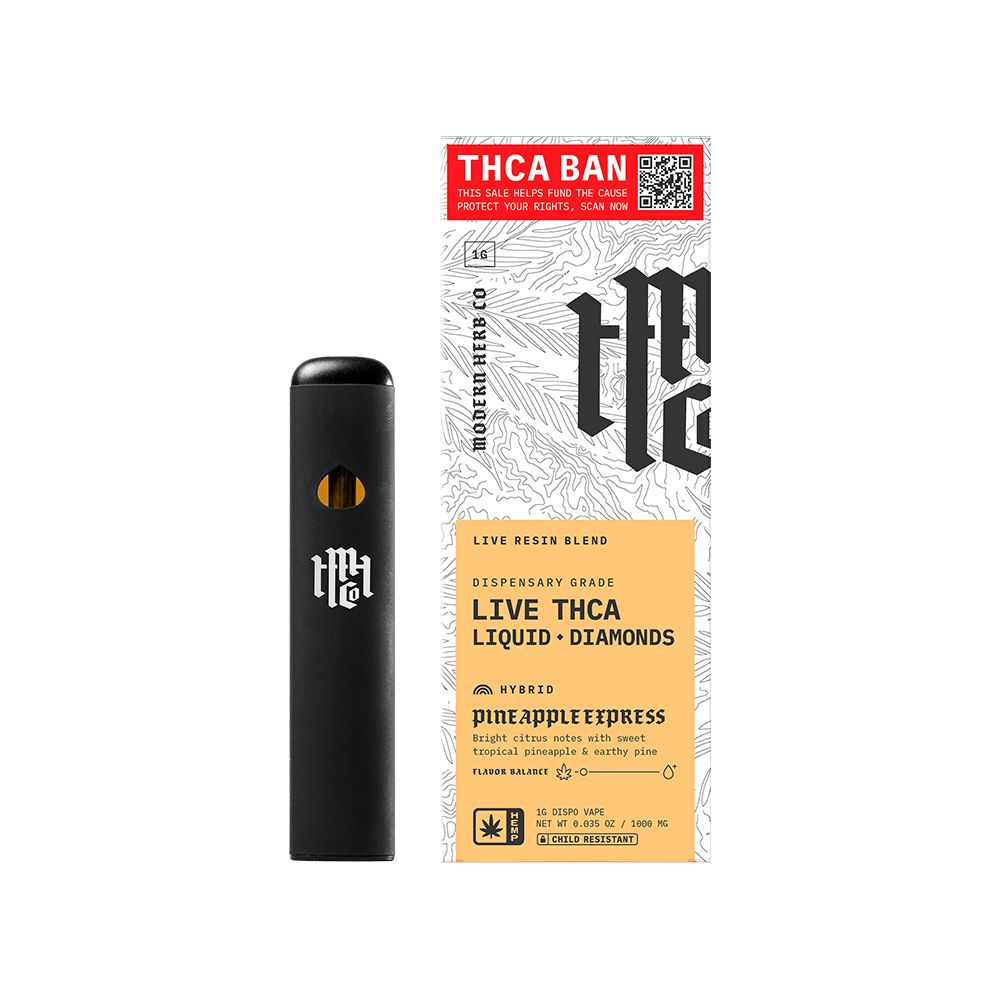
![Vessel Compass Apex Charger [Black] - Headshop.com](http://www.headshop.com/cdn/shop/files/f10e6bf4-6ce7-4a59-a50e-a4184f069754.jpg?v=1729115238&width=900)
![Vessel Compass Apex Charger [Black] - Headshop.com](http://www.headshop.com/cdn/shop/files/dce98c70-346c-405f-aca8-d59c7feed96d.jpg?v=1729115240&width=1000)
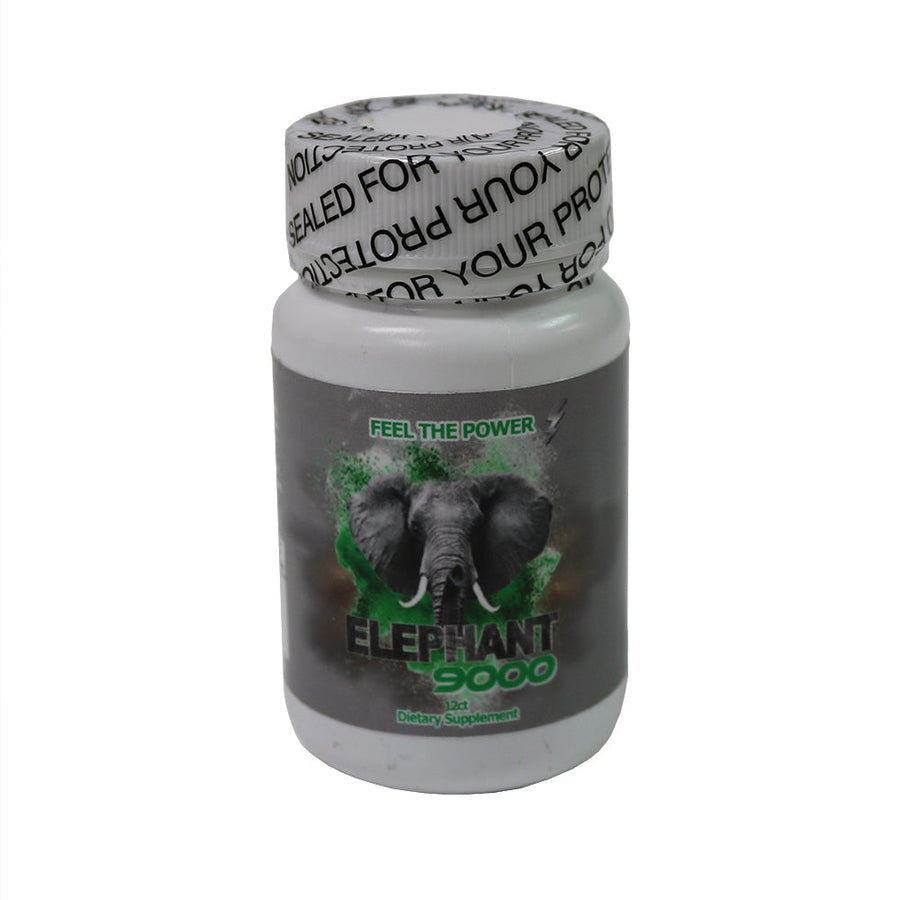
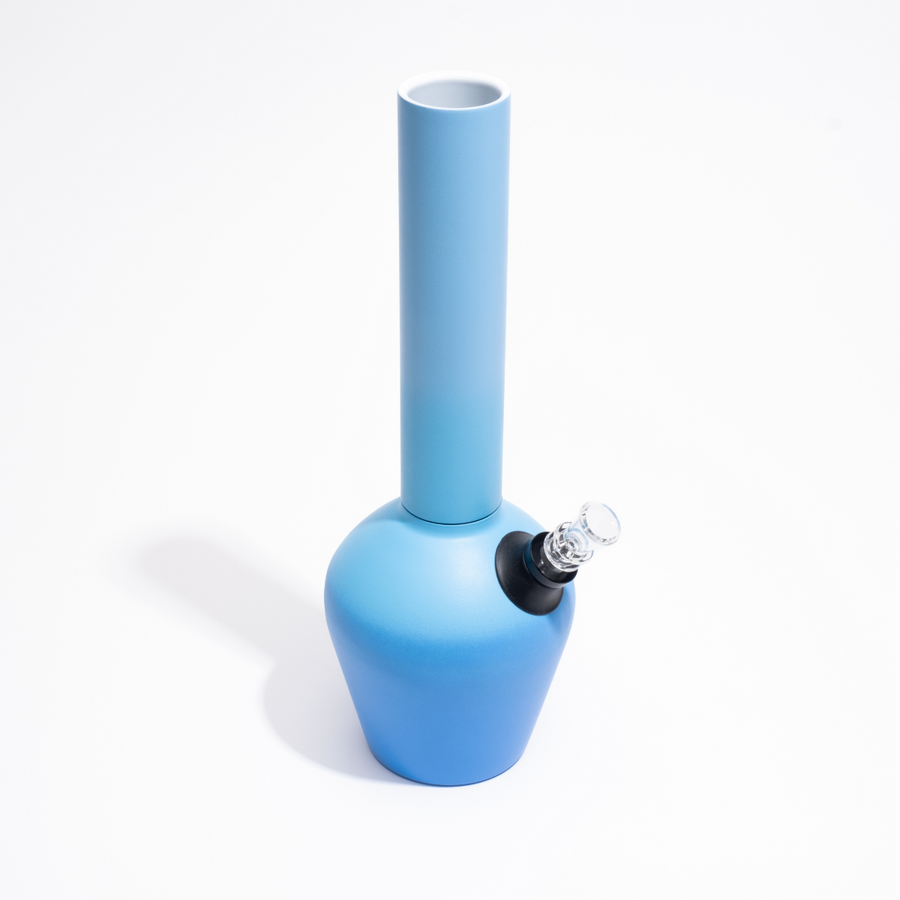
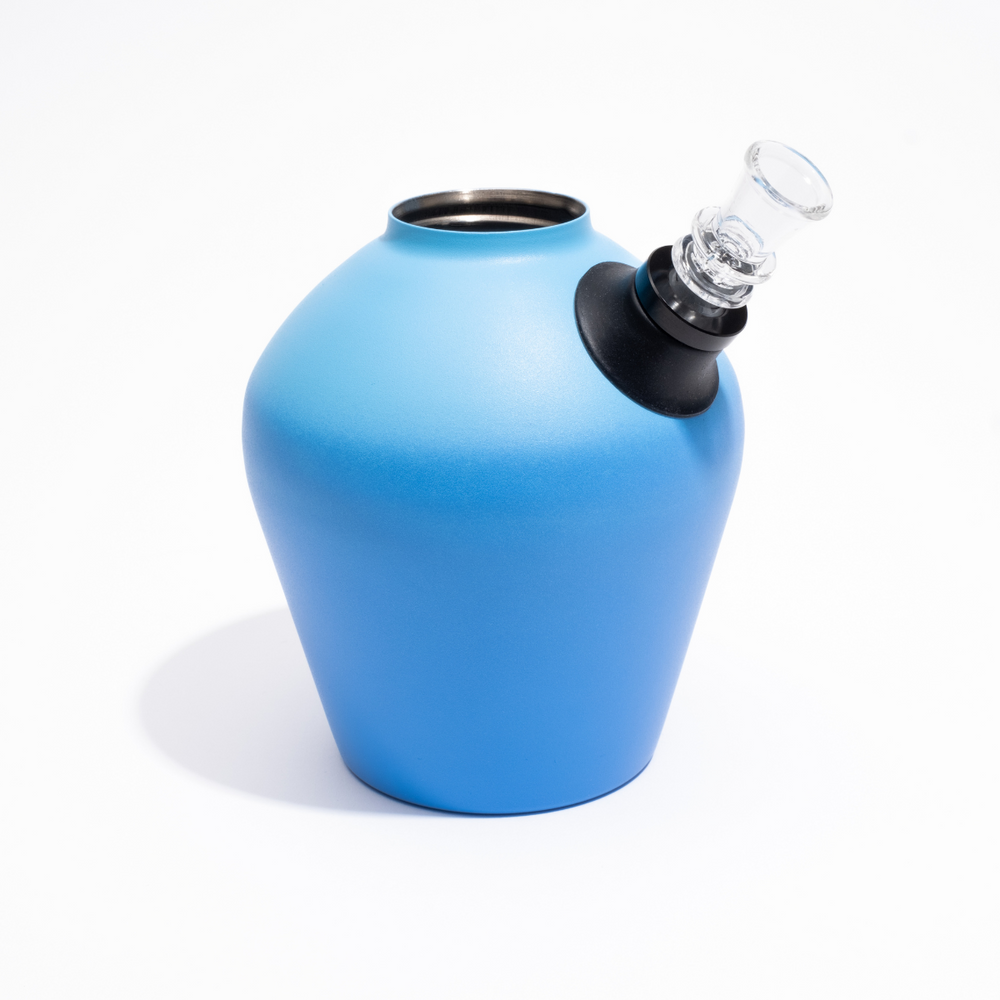
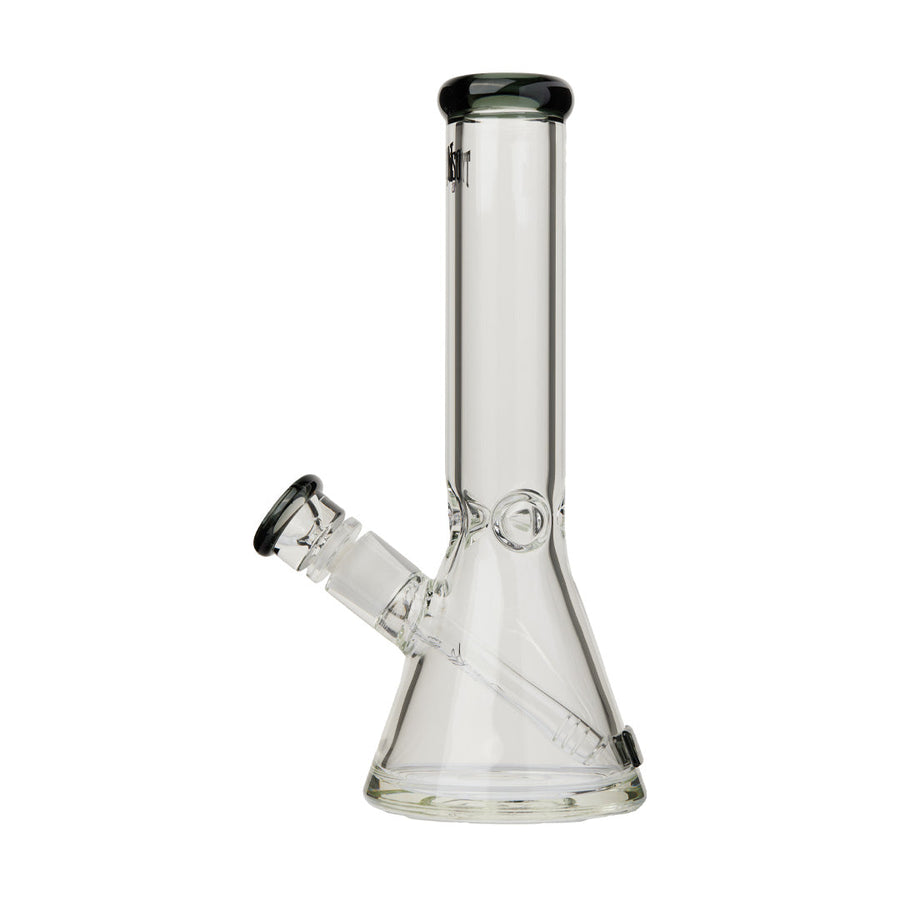
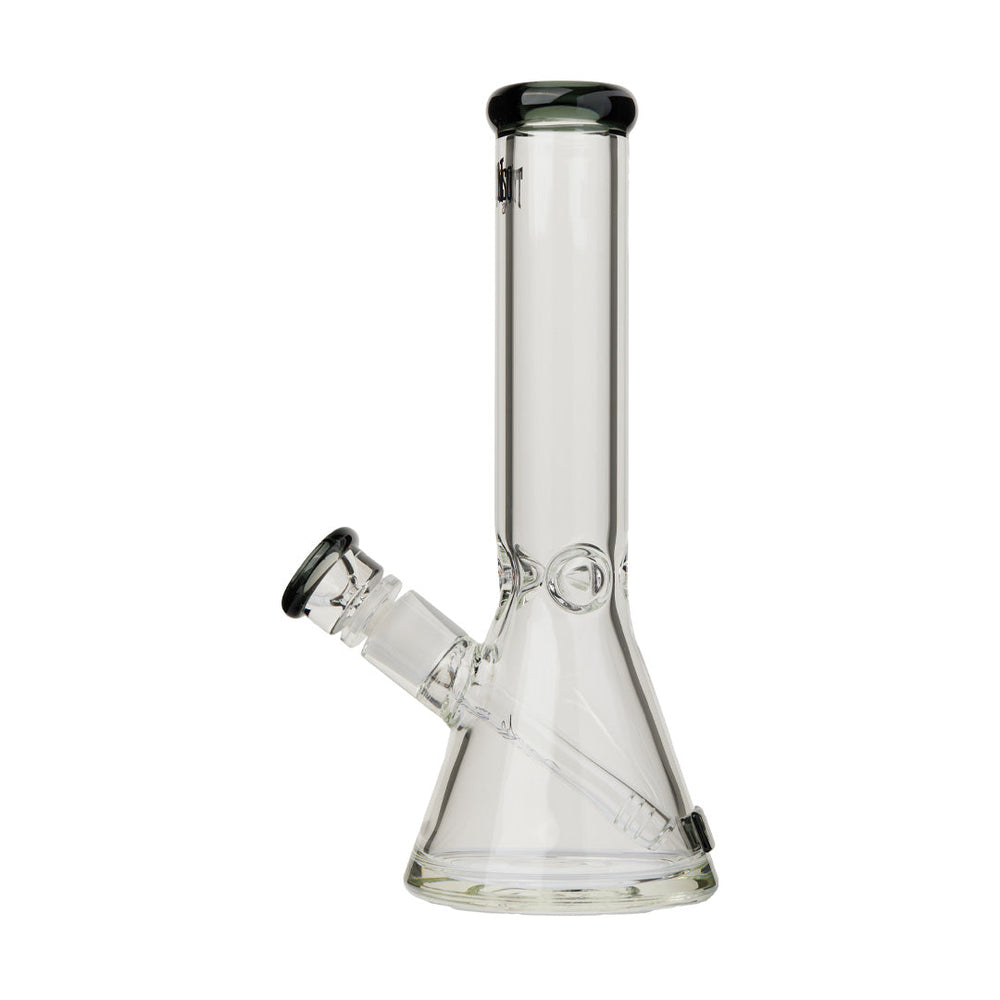
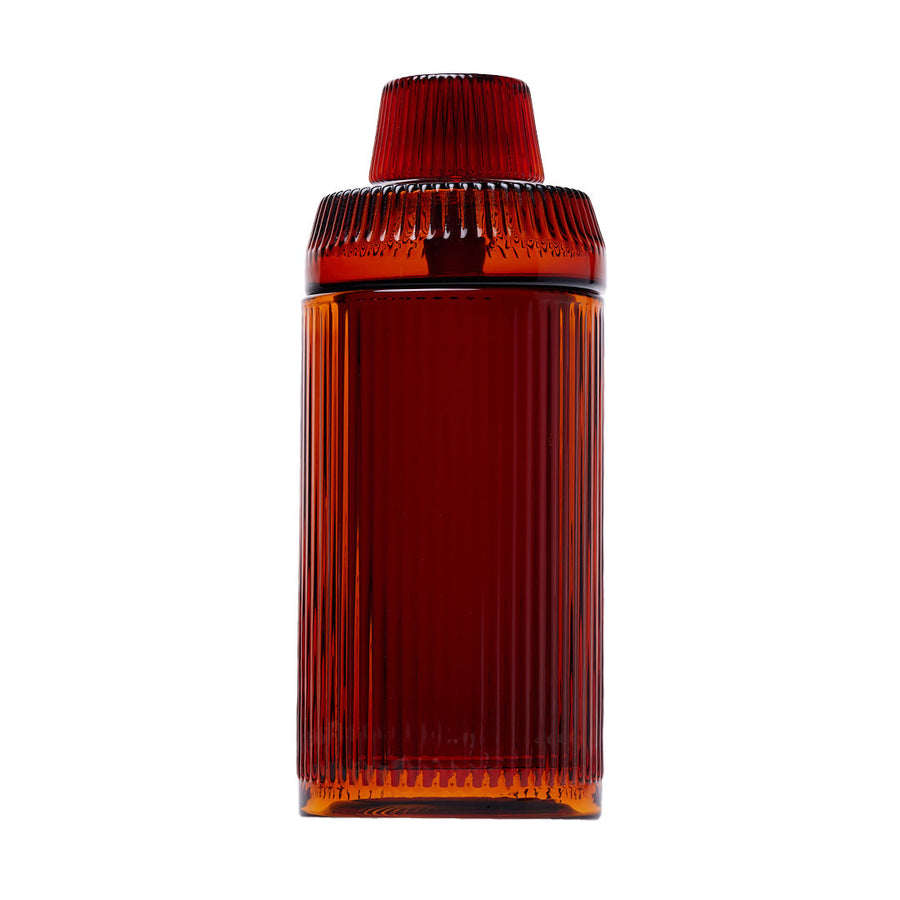
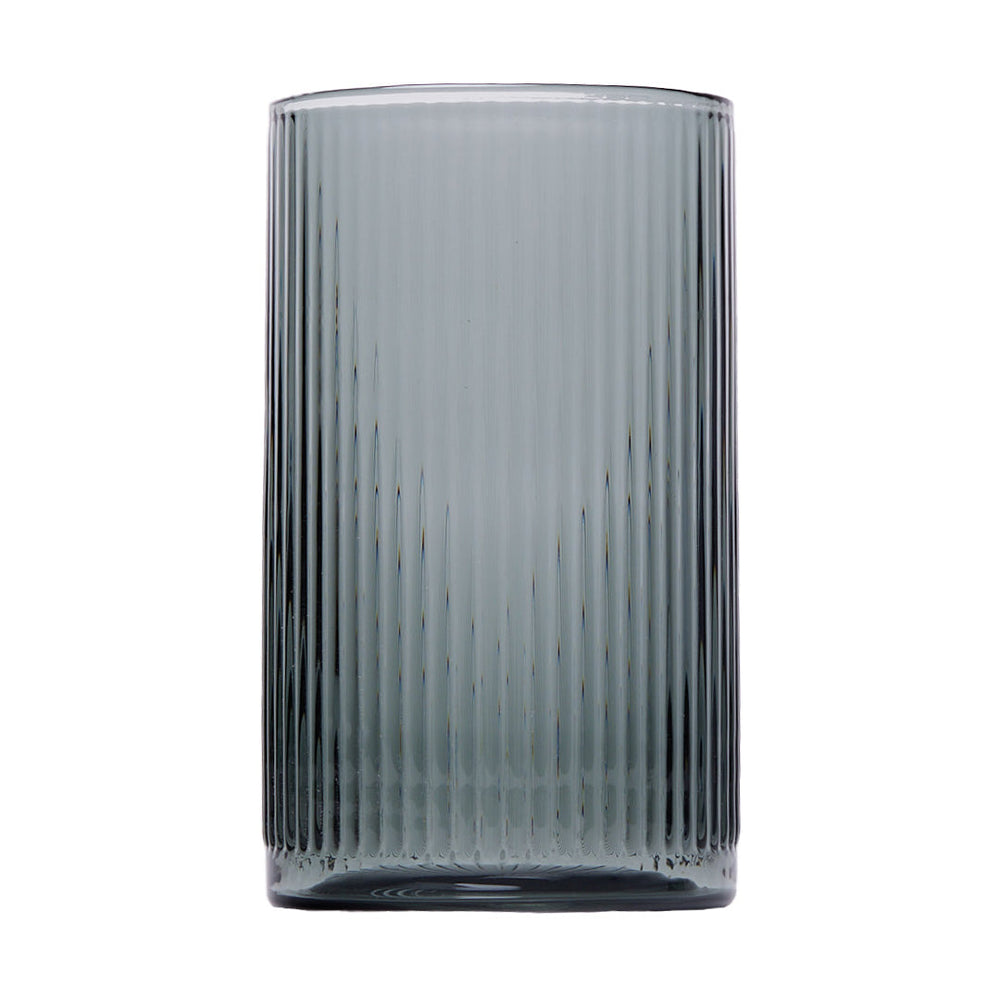
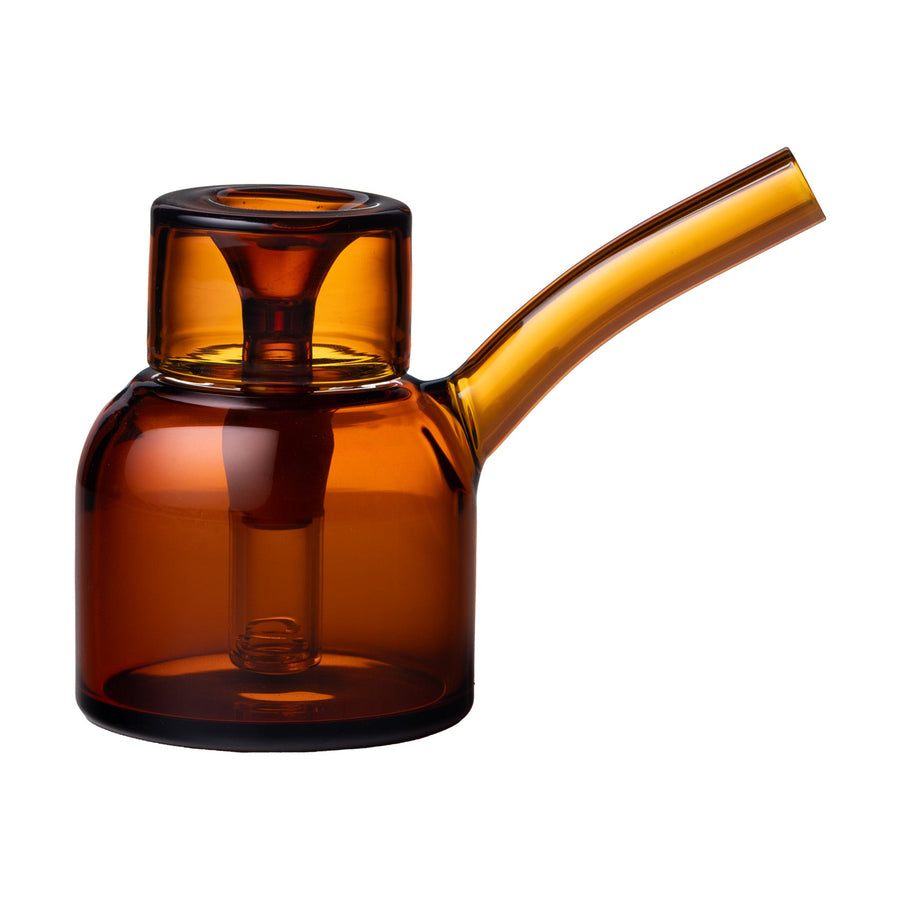
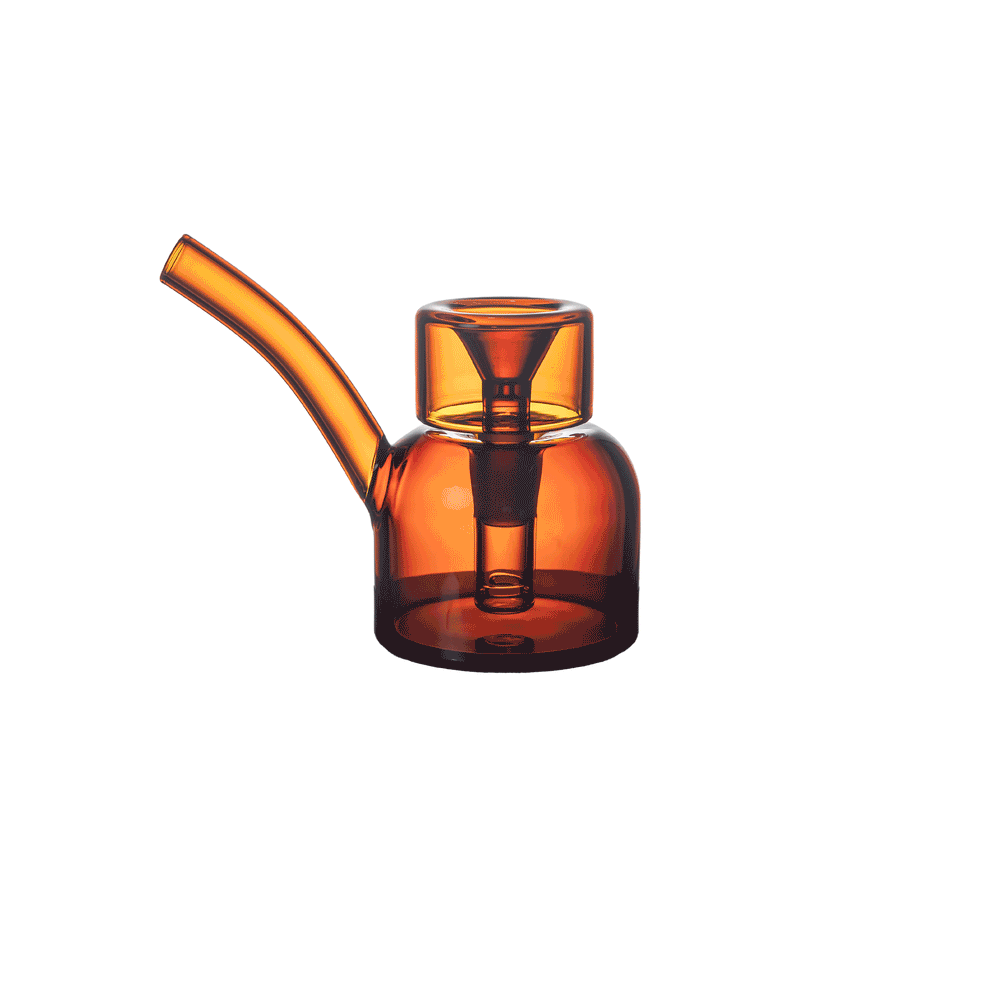




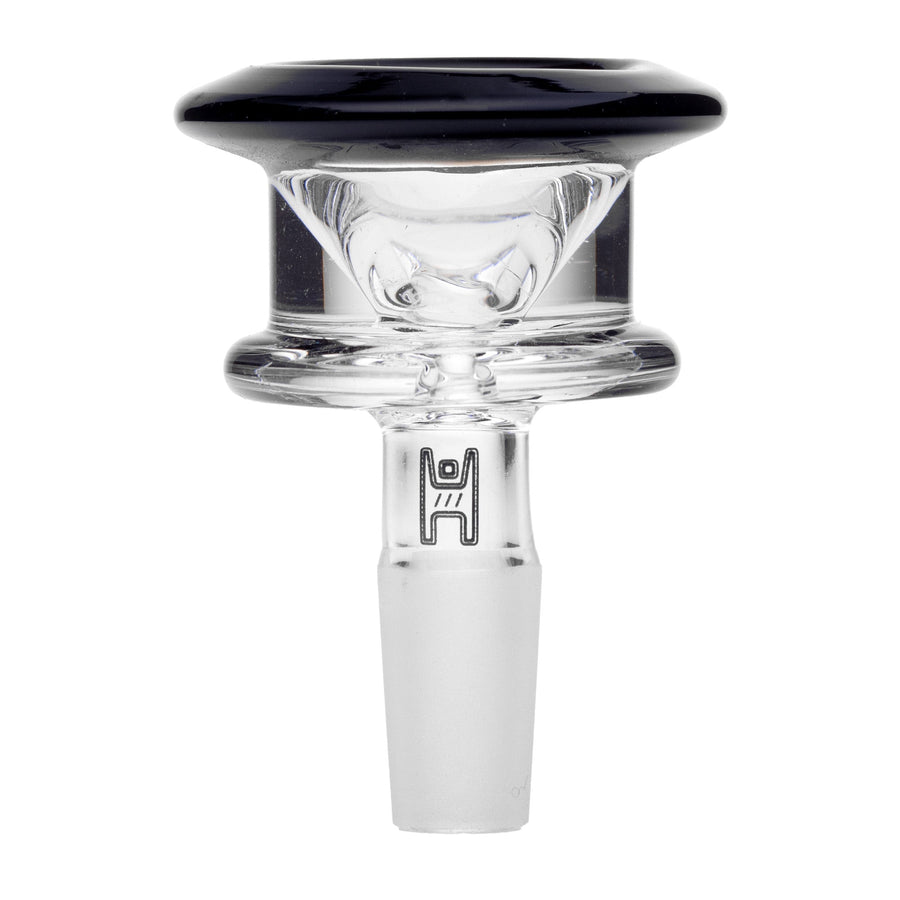
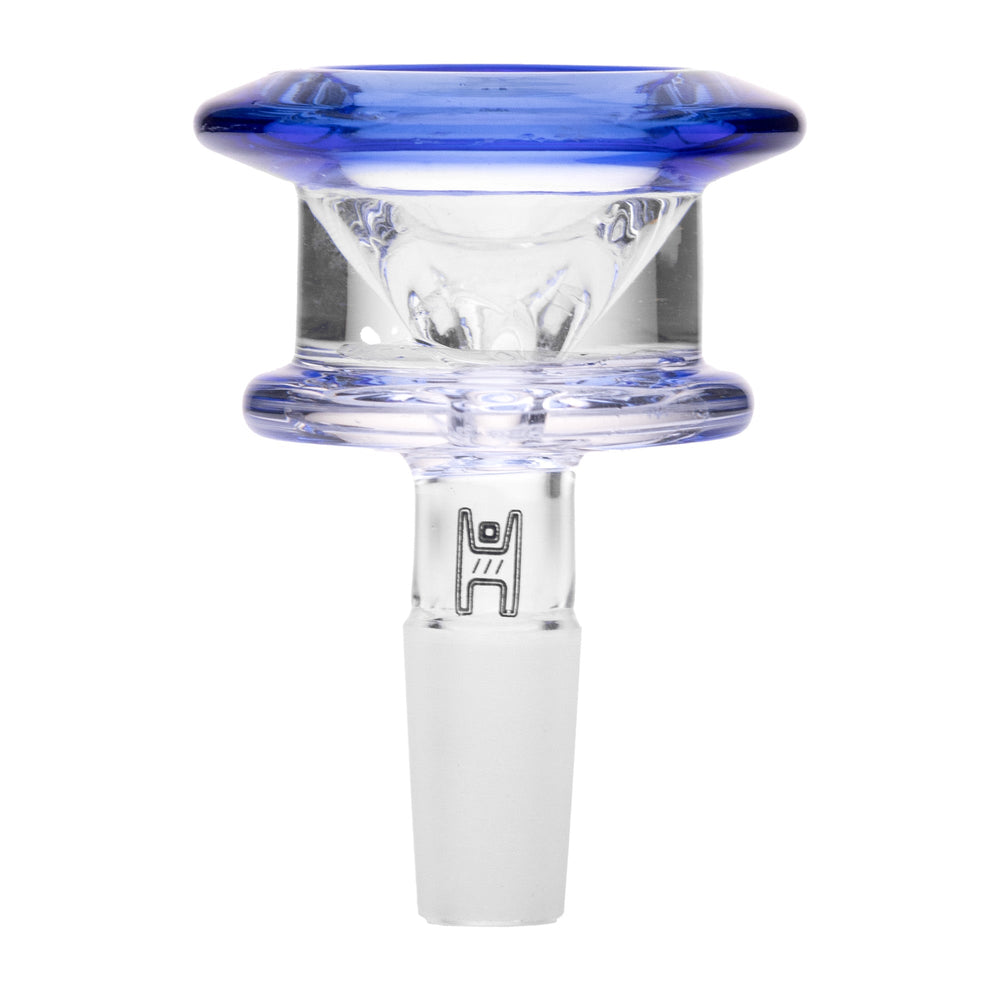




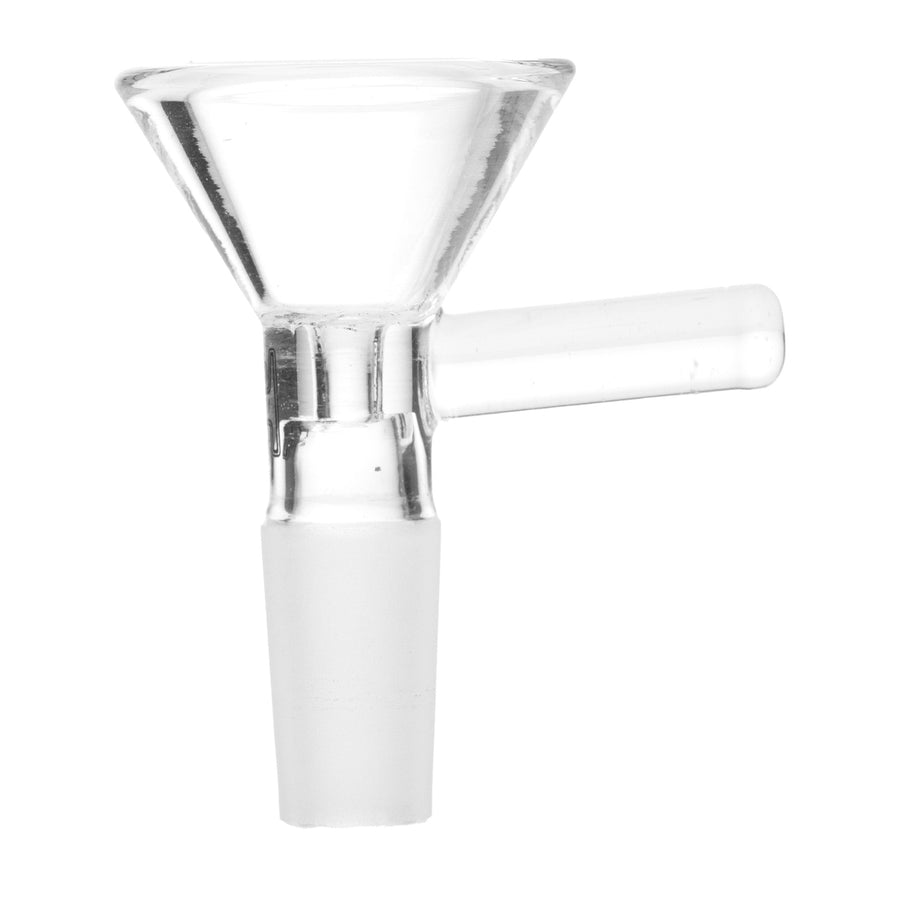
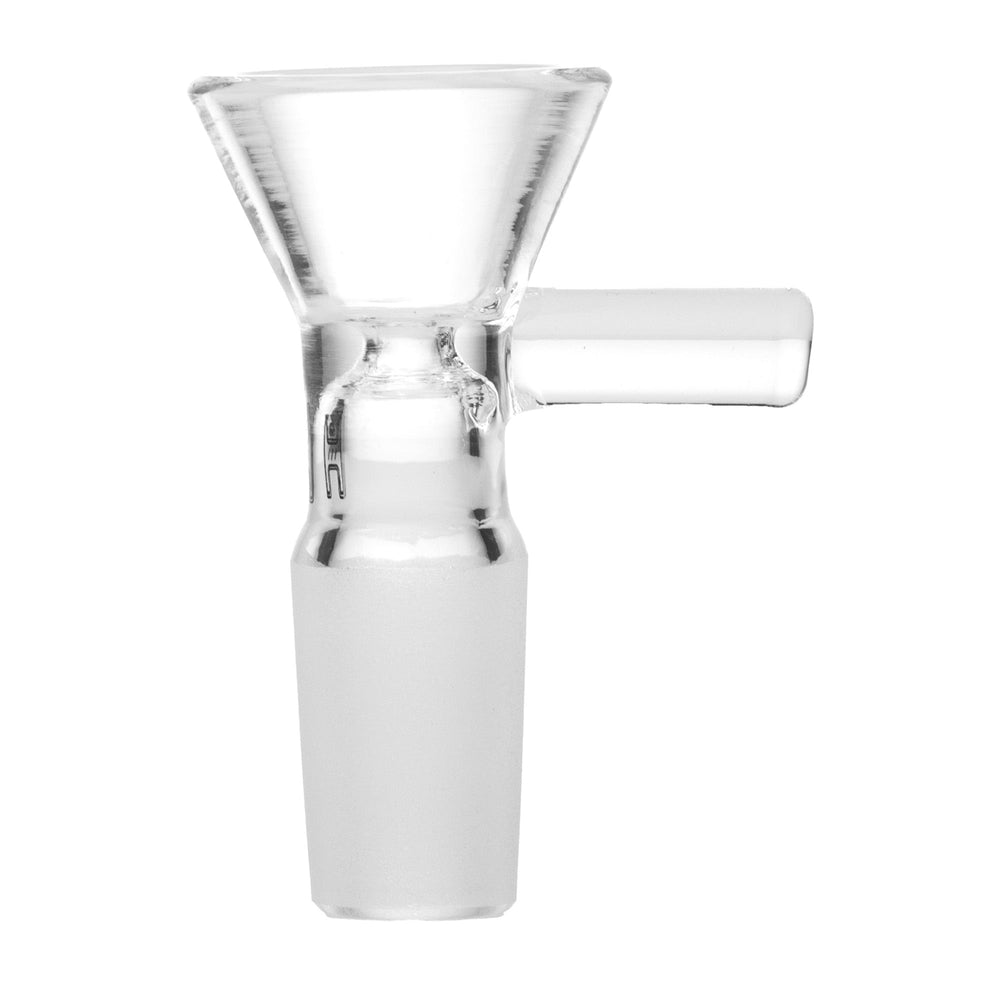




![Pipe by Vessel [Gunmetal]](https://cdn.shopify.com/s/files/1/0585/8462/9443/files/Pipe_Gunmetal_Angle_500x500.jpg?v=1744306453)









